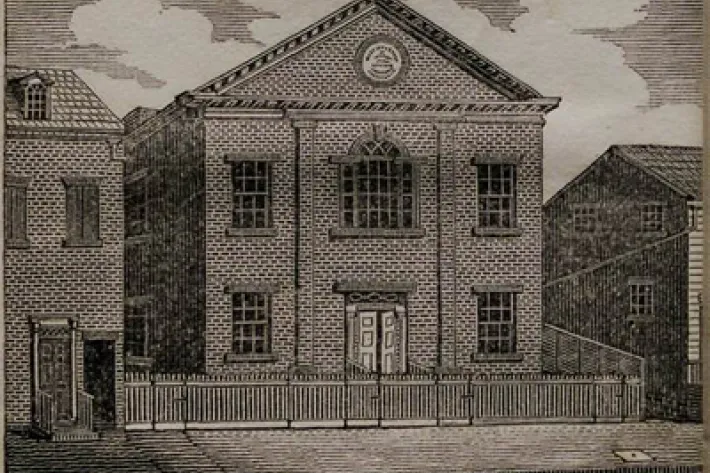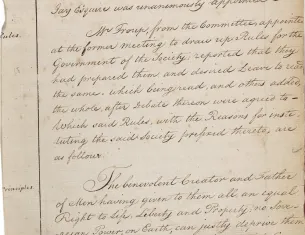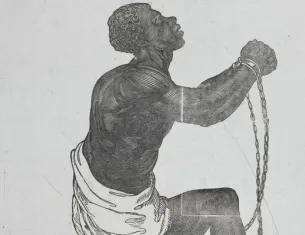Founding the New-York Manumission Society, 1785

New York African Free-School No. 2, based on a drawing by a student, from The History of the New-York African Free-School, by Charles C. Andrews, 1830 (The Gilder Lehrman Institute of American History)
In the years following the American Revolution, anti-slavery societies were established in several states, including New York, Pennsylvania, and Virginia. In 1785, Alexander Hamilton and 31 other prominent New Yorkers founded the New-York Manumission Society. In their charter, the founders declared that “those, among us, who are held as Slaves ... are by Nature, as much entitled as ourselves” to liberty. The Society supported the gradual abolition of slavery and focused on education for African American children and adults, founding African Free Schools. The members also worked to defend Black New Yorkers (enslaved and free) who were kidnapped to be sold elsewhere into slavery.
Many of the men who founded the Manumission Society were slaveholders themselves who rejected Alexander Hamilton’s proposal that all members manumit the men, women, and children they enslaved. Slavery, Hamilton wrote as early as 1774, “relaxes the sinews of industry, clips the wings of commerce, and introduces misery and indigence in every shape.”


